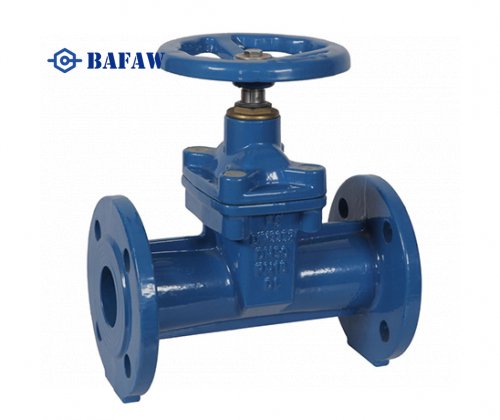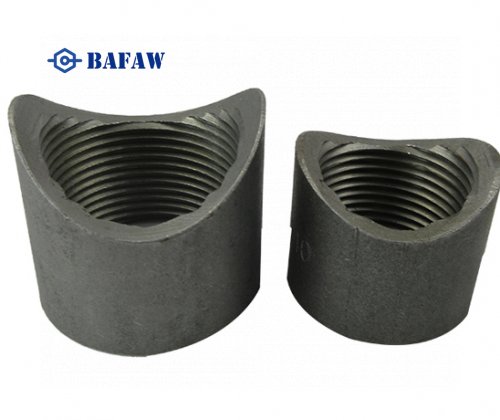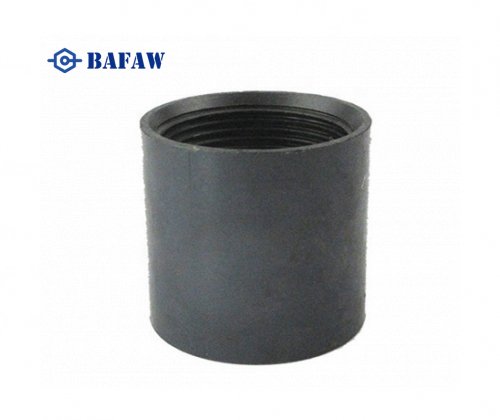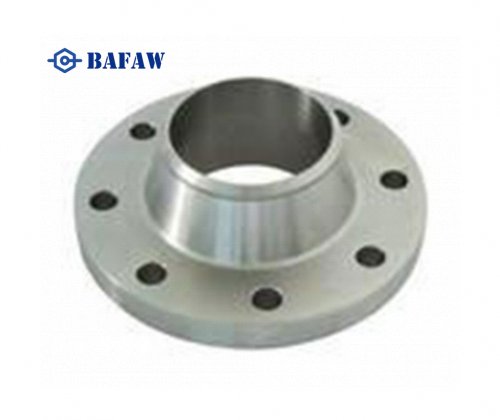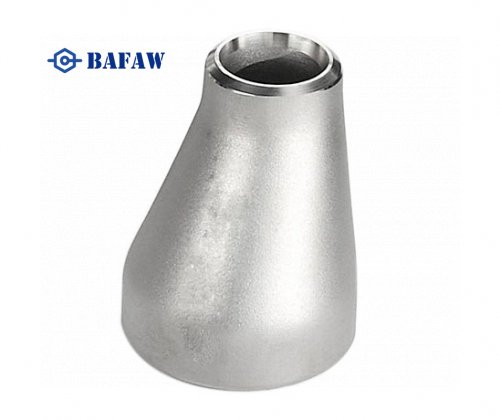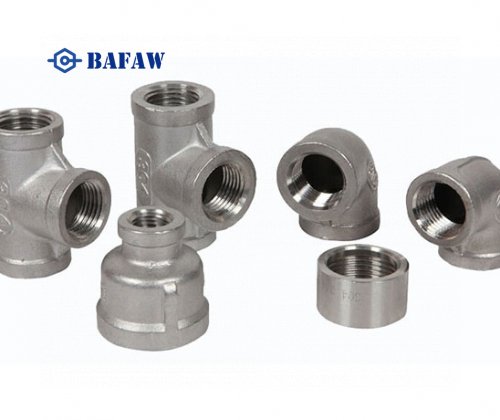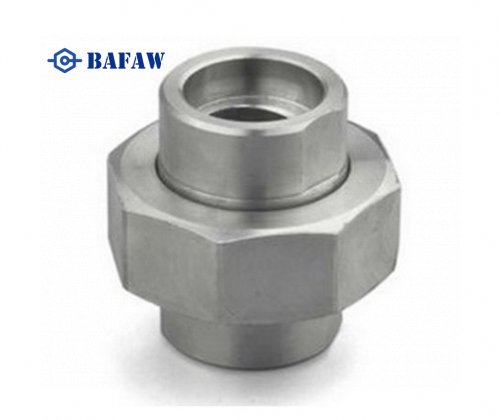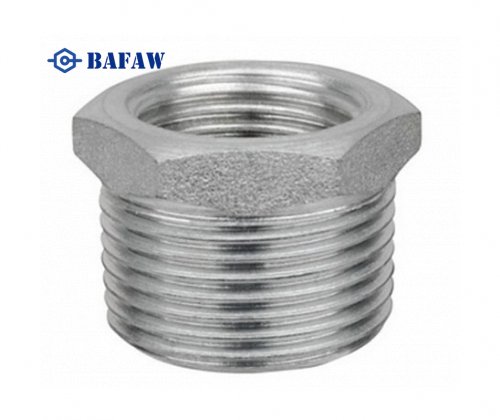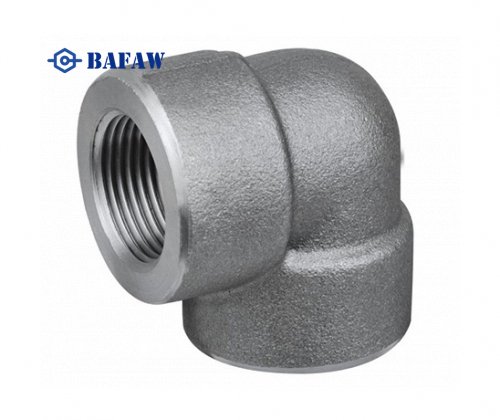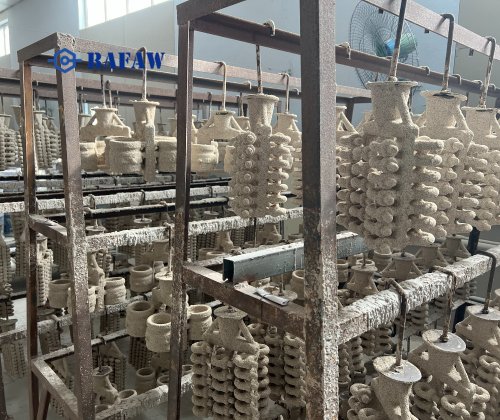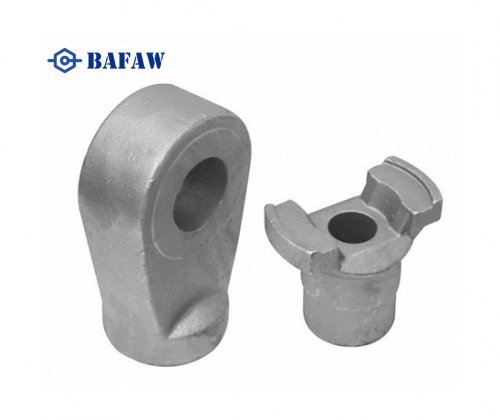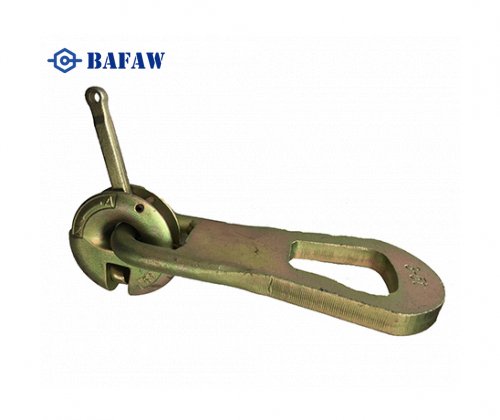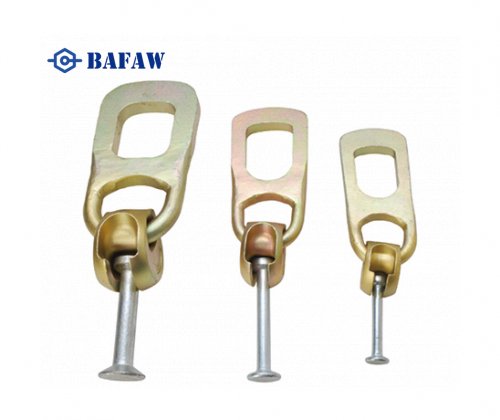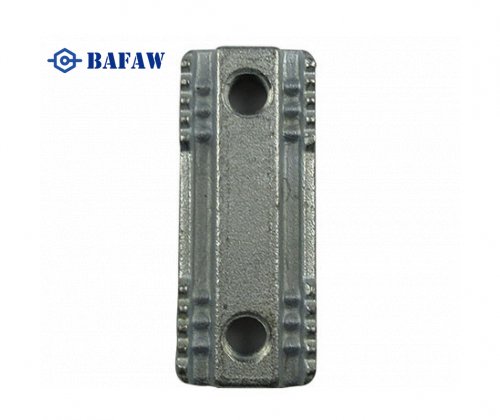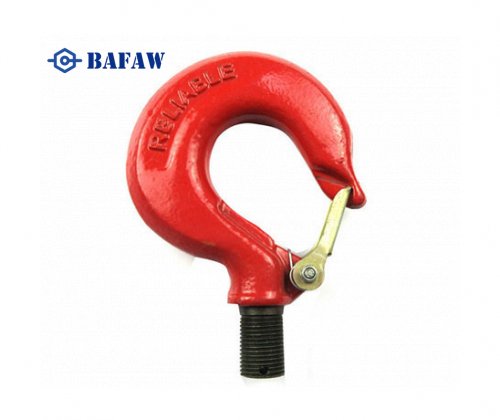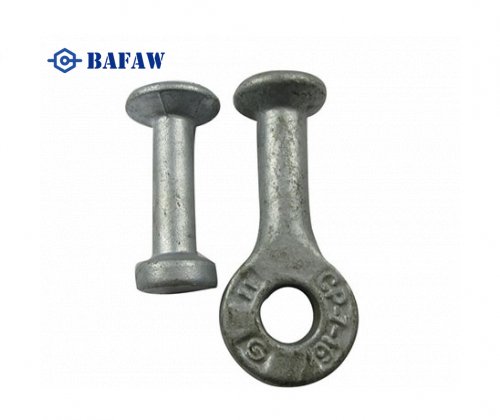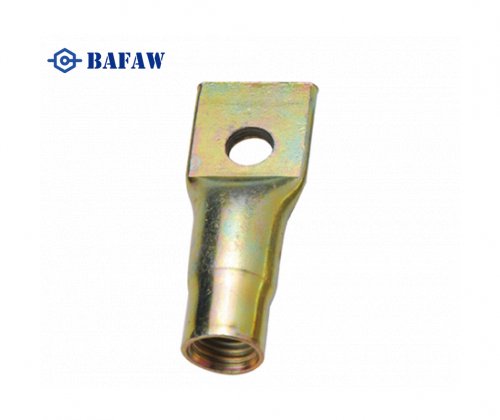Mounting Mechanism: The Butterfly Butterfly Valve design features a clamping mechanism between the pipe flanges. Long bolts run through the entire assembly and hold the valve in place by pressing the flanges together.
SERVICE AND MAINTENANCE: Unlike lug type butterfly valves, the Button Clamp Butterfly Valve does not allow for easy disconnection on one side. To service the valve, fluid flow must be completely stopped and the piping disconnected at the flange.
Space and Weight: Wafer-type butterfly valves are generally more compact and lighter than lug-type butterfly valves, which is an advantage in applications where space and weight are critical factors.

Advantages and disadvantages of Wafer Butterfly Valve
Advantages
Compact and lightweight:
Counterclamp butterfly valves are small in size, light in weight, and take up little space, making them ideal for space-constrained installations. Compared with other types of valves,
it saves more installation space, especially for those systems with high space requirements.
Easy installation:
The installation of this butterfly valve is very simple, it only needs to be clamped between two pipe flanges by bolts, without an additional support structure.
This design reduces the time and labor required for installation and lowers installation costs.
Cost Effective:
The Wafer Butterfly Valve is typically low in manufacturing cost, simple in construction, and low in material consumption, making it a very cost-effective option for many industrial applications.
Adaptable to a wide range of applications:
It is suitable for use in many fluid control systems, especially in low to medium pressure environments, and is widely used in piping in oil, gas, water treatment, chemical and other industries.
The Wafer Butterfly Valve is an ideal choice for applications where high pressure and high flow rates are not required.
Easy Operation:
Butterfly valves usually require less force to operate, especially when operated by pneumatic or electric actuators, enabling fast and precise flow control. Ideal for applications requiring frequent opening and closing.
Efficient fluid control:
Because of its simple design and low resistance to flow as the fluid passes through it, the butterfly valve performs well in many applications where energy savings and high fluid control efficiency are required.
Disadvantages
Do not seal as well as other types of valves:
The Wafer Butterfly Valve may not provide the same sealing effectiveness as a ball valve or other high sealing performance valves in certain high pressure and tight sealing required applications.
Although it is typically suitable for low to medium pressure systems, sealing performance may be limited in high pressure systems.
Withstand pressure limitations:
The Wafer Butterfly Valve is typically designed for lower pressures than other more robust valves. For high pressure systems, a more robust valve, such as a double or triple eccentric butterfly valve, may be required to meet the demand.
Wear-prone seals:
Due to the way the butterfly disc rotates and the friction of the fluid, the seals of the Wafer Butterfly Valve are prone to wear in frequent opening and closing and high flow rate environments and may require more frequent maintenance and replacement.
Less suitable than full bore valves:
If a piping system requires high flow rates and full flow capacity, the Wafer Butterfly Valve design may restrict flow, especially in high flow or large piping applications, and may not perform as well as a full bore ball valve.
Not for use with highly viscous fluids or particulate matter:
When handling highly viscous fluids, slurries, or media containing particulate matter, the Wafer Butterfly Valve may face problems with poor sealing and wear. Other types of valves, such as ball or diaphragm valves, need to be considered.
The main difference between the two types of butterfly valves is installation and maintenance. A tab butterfly valve offers greater disconnect and maintenance flexibility without affecting the entire system,
while a butt-lug butterfly valve is more compact but requires complete disconnection of the pipework to carry out maintenance. Choosing between the two depends largely on your specific operational needs and the nature of your pipework.

















